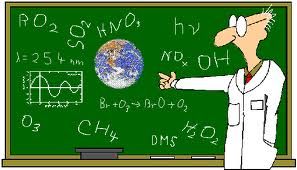Ms. Wilson
SCIENCE

| Classes | |||||
| Chemistry | Physics | Physical Science | Environmental Science | ||
Calculators are required, they do not need to be graphing calculators but they need to be scientific.
Paper, pencils and a notebook will also be needed.
Physical Science-*Math is the language of science so we will begin the year by discussing numbers. The metric system, conversions, and significant figures will be investigated before we delve into the nature of science.
*Motion, the differences in scalar and vectors; distance vs. displacement; speed vs velocity. Acceleration will be next.
*Newtons Laws of Motion, gravity and Universal Gravitation will be included in the next section. Forces will be explored and related to the laws of motion.
Chemistry- Matter and how it changes is the topic to start the year. We will review concepts from physical science and lead into the different types of chemistry and the mechanisms of change in matter.
click on the link below to view the frameworks
Physics- *We will investigate the many facets of physics and brush up on conversions before entering the world of motion.
*Solving problems on motion in one dimension, including displacement, velocity, acceleration and free fall.
click on the link below to view the frameworks
Environmental Science- What is environmental science and how do we impact the world around us?
Grading policy-The tests count for 100 points each and the student work and labs count for how ever many points are available. For example if there is a 10 question quiz, it would count as 10 points. This normally works out so that the tests count as approximately 50 % of the total grade and class work, homework and quizzes make up the other 50%.
ATTENDANCE IS PARAMOUNT TO SUCCESS
|
Contact info e-mail bwilson@nemo.k12.ar.us school phone 501-893-2811 |





